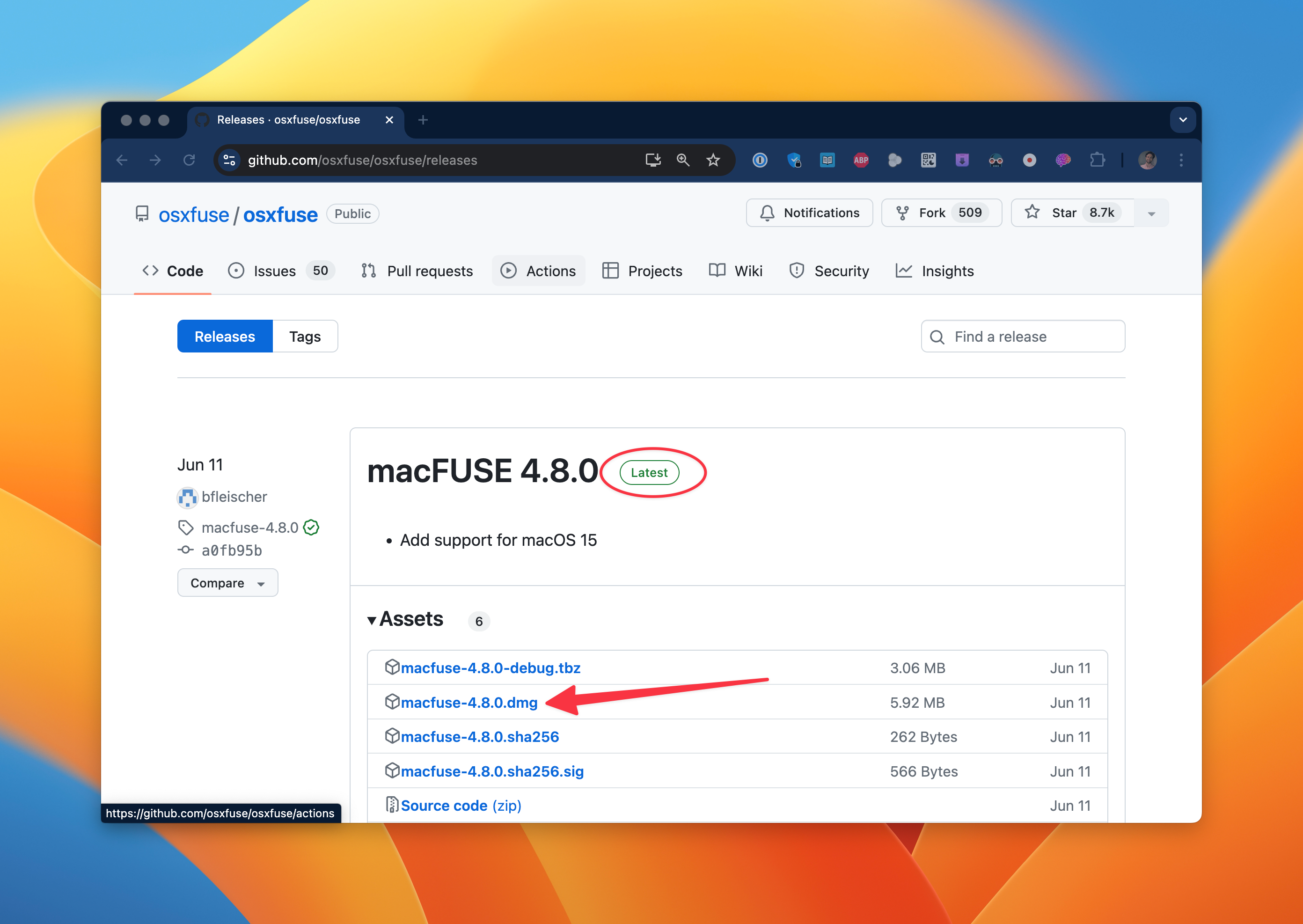Hey there, tech adventurers and filesystem fanatics! Are you tired of wrestling with the limitations of cloud storage apps like Google Drive Desktop, which seem to have a vendetta against your local storage? Well, buckle up, because we’re about to embark on a journey to mount remote volumes that’ll make you feel like a digital wizard. Let’s dive into the magical world of SSHFS and macFUSE, where distant drives become your new best friends.
Why Bother With This Techno-Wizardry?
Before we get our hands dirty with command-line incantations, let’s talk about why you’d want to go through all this trouble in the first place.
- Stick it to Google Drive Desktop
Remember when Google Drive decided to turn your Mac into a storage buffet? Yeah, those were fun times (not). By mounting remote volumes directly, you can tell Google Drive, “Not today, storage vampire!” Access your files without syncing them locally, and watch as your hard drive breathes a sigh of relief.
- Dual-Boot Dilemmas? Not Anymore!
If you’re running a dual-boot setup and constantly playing hopscotch between operating systems, this method is your golden ticket. Mount those other OS volumes directly in macOS and manage everything from one cozy environment. It’s like having your cake and eating it too, but with fewer calories and more file access.
- Drag-and-Drop Delight
For those of us who’ve spent hours staring at command lines until our eyes turned into terminal emulators, the ability to drag and drop files directly to a remote server is nothing short of revolutionary. It’s like going from smoke signals to instant messaging – suddenly, everything just flows.
- Your Personal Filesystem Playground
Tech enthusiasts, rejoice! This setup gives you a sandbox to experiment with different filesystems without leaving the comfort of your Mac. It’s like having a theme park for nerds, where each ride is a new filesystem adventure.
The Ingredients for Your Remote File Potion
Before we start brewing our remote file magic, you’ll need to gather a few mystical components:

- macFUSE: The Filesystem Alchemist
This nifty piece of software is like a universal translator for filesystems. It allows your Mac to speak languages it never knew existed. Head over to the macFUSE GitHub repository and download the latest version. Install it like you would any other app, but be prepared to enable some system extensions in your Security & Privacy settings. It’s like giving your Mac a new set of ears to hear the whispers of distant filesystems.
- SSHFS: The Bridge Builder
SSHFS is the unsung hero of our story. It’s the bridge that connects your Mac to the far-off lands of remote servers. To summon this power, you’ll need to have Homebrew installed (if you don’t, what are you even doing with your life?). Once Homebrew is ready, open Terminal and chant the following spell:
brew install sshfs
Watch as your Mac gains the ability to reach out and touch remote filesystems like never before.
Casting the SSHFS Spell
Now that we’ve gathered our magical components, it’s time to cast the spell that will bring distant drives to your fingertips. The basic incantation looks like this:
sshfs [user]@[host]:[remote_directory] [local_mount_point] -o IdentityFile=[path_to_private_key]
But let’s be honest, typing that out every time is about as fun as watching paint dry in slow motion. That’s why we’re going to create a script that does all the heavy lifting for us.
The Ultimate Remote Mounting Script
#!/bin/zsh # Customize these variables with your own info MOUNT_POINT="/Users/yourusername/MagicalRemoteDrive" LOCAL_USER="LocalWizard" INSTANCE_USER="RemoteSorcerer" INSTANCE_DNS="magic-server.example.com" PRIVATE_KEY_PATH="/path/to/your/secret.pem" VOLUME_NAME="Realm of Remote Files" VOLUME_ICON="/path/to/your/awesome-icon.icns" # Create the mount point if it doesn't exist if [ ! -d "$MOUNT_POINT" ]; then mkdir -p "$MOUNT_POINT" fi # Mount the remote volume sshfs "$INSTANCE_USER"@"$INSTANCE_DNS":/remote/path "$MOUNT_POINT" -o IdentityFile="$PRIVATE_KEY_PATH"
Behold, the script that will change your file-accessing life forever!

